In the gif you have above, it turned out nicely that there was a photo (5) that could fit into the gap under (1) and to the left of (2). My intuition suggests we want to avoid creating gaps like that. Here is an idea that should avoid these gaps.
Maintain a list of "open regions", where an open region has a int leftBoundary, an int topBoundary, and an optional int bottomBoundary. The first open region is just the whole grid (leftBoundary:0, topBoundary: 0, bottom: null).
Sort the photos by height, breaking ties by width.
Until you have placed all photos:
Choose the tallest photo (in case of ties, choose the widest of the tallest photos). Find the first open region it can fit in (such that grid.Width - region.leftBoundary >= photo.Width). Place the photo at the top left of this region. When you place this photo, it may span the entire width or height of the region.
If it spans both the width and the height of the region, the region is filled! Remove this region from the list of open regions.
If it spans the width, but not the height, add the photo's height to the topBoundary of the region.
If it spans the height, but not the width, add the photo's width to the leftBoundary of the region.
If it does not span the height or width of the boundary, we are going to conceptually divide this region into two: one region will cover the space directly to the right of this photo (call it rightRegion), and the other region will cover the space below this region (call it belowRegion).
rightRegion = {
leftBoundary = parentRegion.leftBoundary + photo.width,
topBoundary = parentRegion.topBoundary,
bottomBoundary = parentRegion.topBoundary + photo.height
}
belowRegion = {
leftBoundary = 0,
topBoundary = parentRegion.topBoundary + photo.height,
bottomBoundary = parentRegion.bottomBoundary
}
Replace the current region in the list of open regions with rightRegion, and insert belowRegion directly after rightRegion.
You can visualize how this algorithm would work on your example: First, it would sort the photos: (2,3,4,1,5).
It considers 2, which fits into the first region (the whole grid). When it places 2 at the top left, it splits that region into the space directly to the right of 2, and the space below 2.
Then, it considers 3. It considers the open regions in turn. The first open region is to the right of 2. 3 fits there, so that's where it goes. It spans the width of the region, so the region's topBoundary gets adjusted downward.
Then, it considers 4. It again fits in the first open region, so it places 4 there. 4 spans the height of the region, so the region's leftBoundary gets adjusted rightward.
Then, 1 gets put in the 1x1 gap to the right of 4, filling its region. Finally, 5 gets put just below 2.
